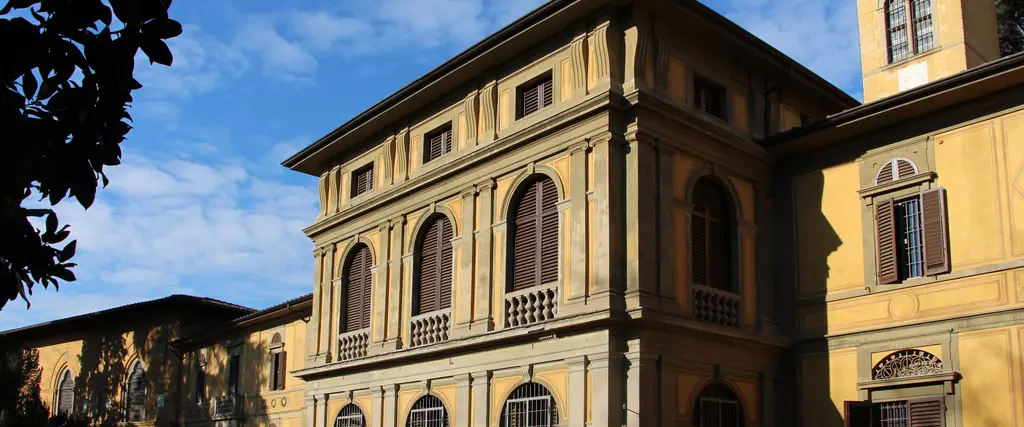
Stibbert Museum
The Stibbert Museum, conceived by Frederick Stibbert (1838-1906), is a rare example of a 19th-century museum: an extraordinary collection of arms, armour and works of art is displayed in a series of rooms whose evocative layout was designed to evoke the atmosphere of the period and the places of origin of the various objects.
The collections include weapons, armour, costumes, objects of furniture and applied art, tapestries and paintings from the 16th to the 19th century, displayed in 60 rooms. The Sala della Cavalcata (the riding hall) is remarkable, where life-size European and Oriental knights are arrayed; the Japanese section includes, in addition to arms and armour, bronzes, costumes, lacquerware: it is one of the most important in the world outside Japan.
The park surrounding the villa, dotted with pavilions, statues, fake ruins and even a small Egyptian temple, reflects Stibbert's adherence to the romantic and eclectic taste typical of his time.
Comune di Firenze
Useful information
The museum is accessible only with tours every hour.
The ticket office closes one hour before
Closed: Easter Sunday, May 1st, August 15th, Christmas, January 1st
People in wheelchairs can access the museum and the villa from Via Montughi n. 4, continuing along via Stibbert (where the main entrance is). It is possible to arrive by car and park at the entrance of the museum, after having informed the staff by phone. The ticket office, the cafeteria and the toilets are completely accessible, as well as some of the rooms on the ground and first floor. The last floor can be reached with an elevator.
Other rooms have difficult access: 8 steps from the ‘Sala Islamica’ to the ‘Cavalcata’ and 6+4 steps from the ‘Cavalcata’ to the ‘Condottiero’ rooms. Because of a spiral staircase, the Japanese Armoury is not accessible. The garden is only partially accessible from n° 26, via Stibbert, due to uneven ground and gravel surface.
We suggest to book your admission to plan the most suitable visit.